Many fishermen are accustomed to consider the perch as a categorically predatory fish. Yes, he prefers food of animal origin, completely ignoring plant foods. This makes it carnivorous, but in many cases this fish can hardly be called a predator. Today we will understand the nutritional characteristics of perch, consider its diet depending on age and phenotype, note seasonal changes in its food preferences and tastes.
The fact is that we are faced with an extremely variable representative of the ichthyofauna, easily adapting to changes in the habitual habitat and diet. He is prone to the formation of both subspecies and special races, differing in behavior and preferred food base. Knowing the characteristics of the diet of the most common striped (grass) perch and larger humpback fish will certainly help you in the process of fishing and catching significant trophies.
Here is an overview of the content of this tutorial, feel free to jump to any section you care about:
For more fishing instructions, take a look at these popular Trizily links: Best Bass Fishing Lures, Best Fishing Kayaks.
Eating behavior by seasons
Like all other representatives of the ichthyofauna, the life and diet of perch are subject to significant seasonal changes:
- Spring . The predator begins to show increased activity and remarkable appetite during the first spring thaws, when the reservoirs are still frozen in ice. It spawns early enough, right after the pike, so it has to store up energy ahead of the breeding season, in February-March. The second wave of store up energy follows after spawning, in late spring. The peak biting falls on daylight hours, from late morning.
- Summer . Perch switches to their usual food and standard summer schedule. He hunts especially zealously at dawn and at dusk, chasing prey throughout the reservoir or swarming in search of delicacies in the coastal silt, however, he shows decent activity during the day.
- Autumn . With the cooling of the water, the peak of activity again shifts to the daytime. This period is characterized by the unstable nature of the bite: sometimes the striped robber “walks” in a completely atypical time for himself. In the last month of autumn, before the freeze-up, most of the individuals migrate to the depths.
- Winter . Unlike many other representatives of the freshwater fish fauna, the perch is not so sensitive to cold weather. Yes, he spends most of his time at depth, in a semi-numb state, but he often rises to the surface to hunt, and often on his own kind. However, the basis of its diet is mormysh – a small crustacean that rises to the surface of the water in winter and is often fixed from the “wrong side” of the ice. Fishermen should take into account that the peak of activity of this fish falls on daylight and twilight times, night fishing in winter is practically unpromising.
Juvenile diet
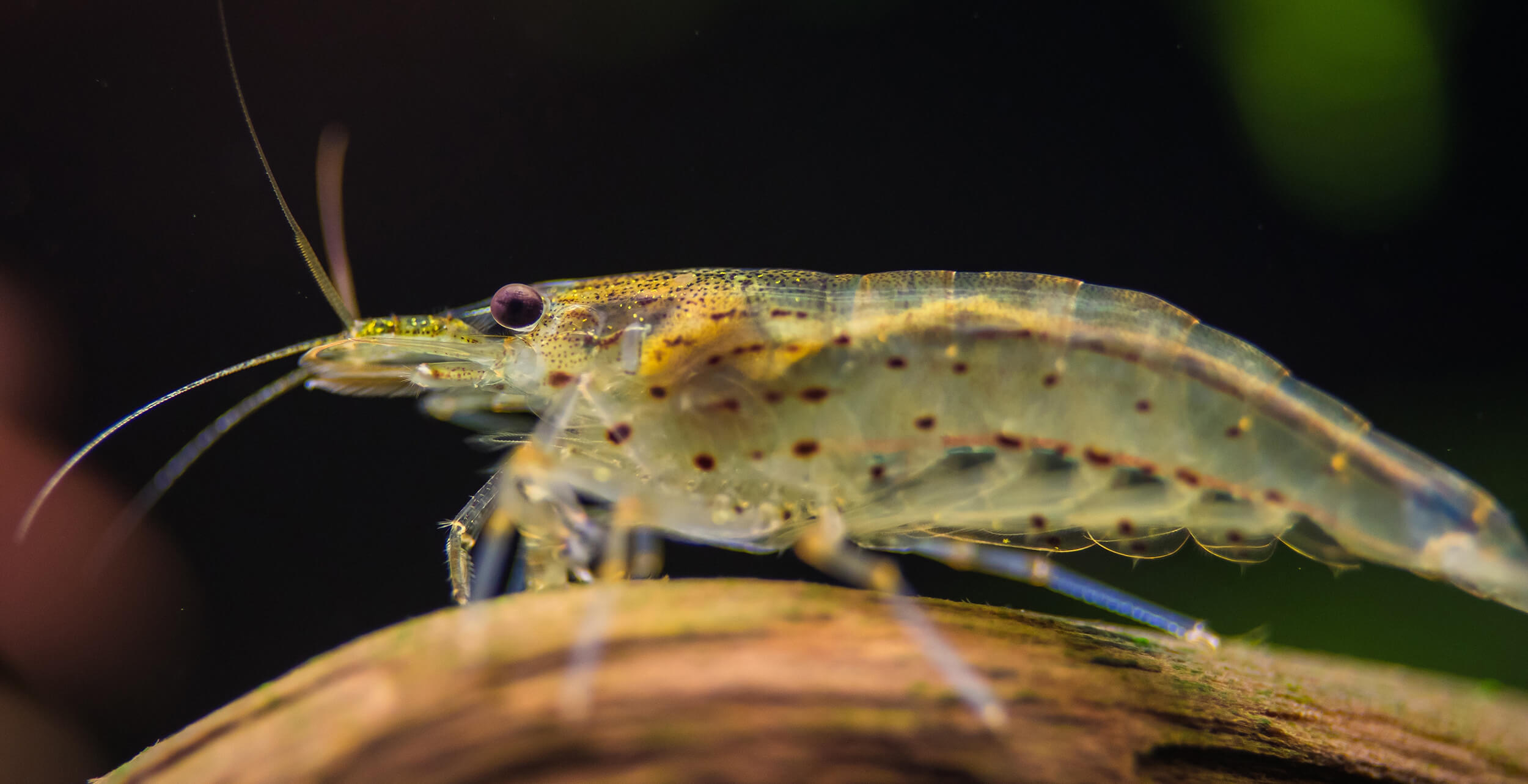
Perch eggs develop in a passive state for about two weeks (under standard conditions). The larvae that emerged from the eggs feed on the remains of the yolk and phytoplankton in the first days. Then the diet of juvenile perch is replenished with crustacean larvae and rotifers. At this time, they move away from the coast, to the zones where the water is maximally saturated with zooplankton, but after a few months most of the fry return back to the coastal thickets.
By autumn, juveniles have mastered almost the entire spectrum of the adult diet, with the exception of fry. However, in some water bodies, juvenile perch begin to hunt their own kind already in the first year of life, barely reaching 4-5 cm in length. In most cases, this process occurs later, in the second year of life, or even by the period of puberty, that is, 3-5 years. And sometimes the perch remains a predator only in theory, all its life swarming in the coastal thickets in search of edibles.
In many reservoirs, this fish does not disdain cannibalism, devouring its own kind with pleasure. This is a kind of natural mechanism that regulates the number of livestock: perches turn into cannibals mainly where the reservoir is overpopulated with them and there is a lack of alternative food resources.
Grass perch feeding
Grass perch (Jack perch) is a slow-growing race of common river perch. It forms the basis of the population of this species in our water bodies. It can be recognized by its small size (15-20 cm) and its characteristic striped color.
The grass perch is usually an optional predator, hunting for their own kind from time to time. It loiters across the reservoir in groups of the same age, devouring everything in its path. A flock of grass perchs hunts very spectacularly: if you see a small fish jumping out of the water, it is most likely driven by a flock of perch. With normal growth and development rates, a three-year-old individual is already able to swallow a fry 3-4 cm long. Sometimes the tail of the prey literally sticks out of the mouth of the predator, moving inward only as it is digested, but the energy will last for a long time!
However, with an abundance of other food, perch rarely hunts, preferring more “calm” prey. He focuses on the extraction of zooplankton and benthic (silt-dwelling) fines. The basis of his diet is caviar of frogs and fish, bloodworms, maggot, worms, molluscs, crustaceans and other small animals. However, the fry and tadpole hiding in the thickets also cannot escape the gastronomic interest of the voracious perch.
Features of the diet of humpback perch
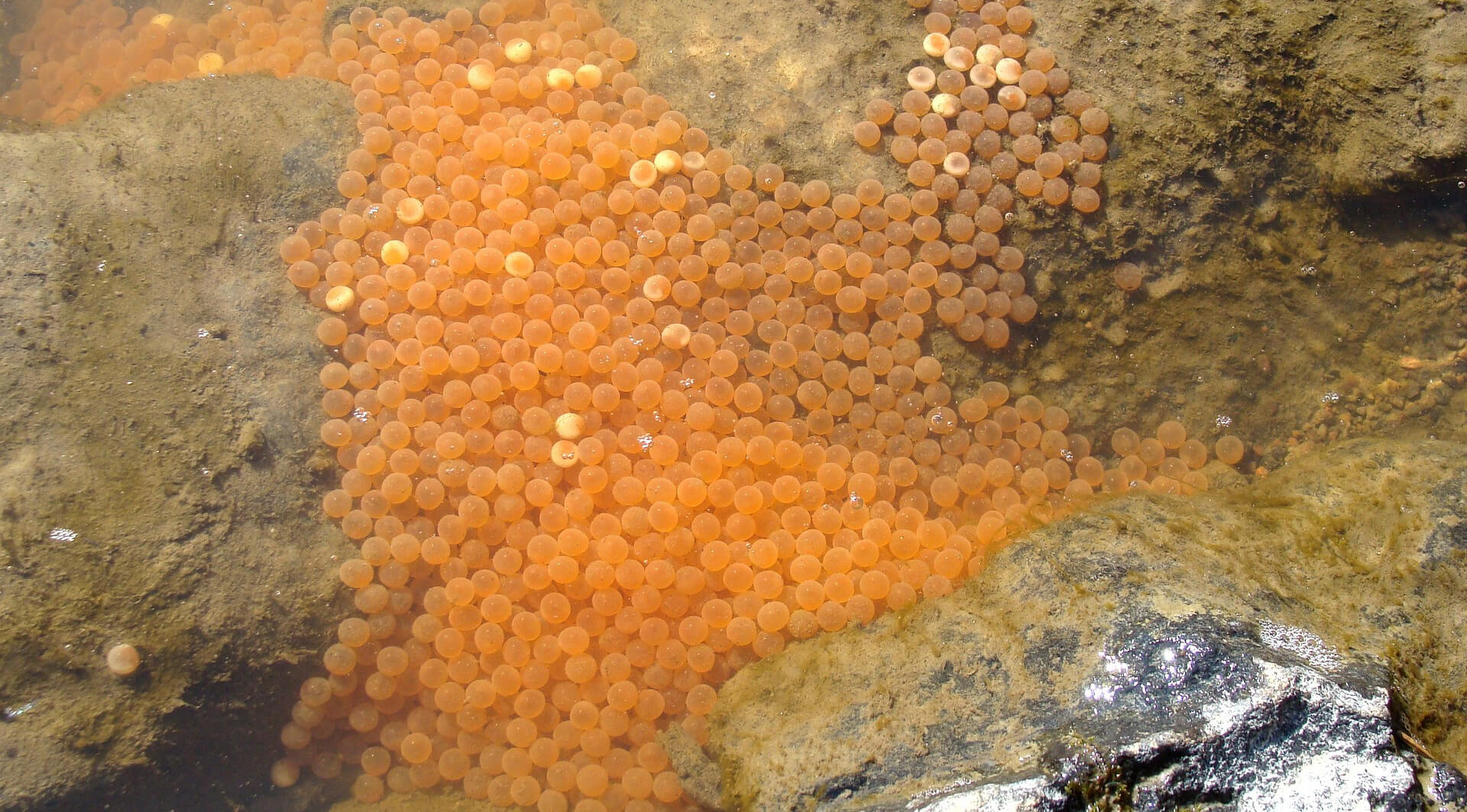
The humpback perch is a fast growing race of this species. This phenotype is characteristic mainly of females. It gains weight faster, is able to grow to a length of 35-40 cm and a mass of two kilograms. The humpback is a true predator without any assumptions, feeding on its own kind almost constantly. However, he sometimes does not disdain fish and frog caviar, all kinds of larvae, crustaceans, molluscs and other underwater small fry.
The large form of perch lives at considerable depths, and in splendid isolation, joining the species groups only before wintering and spawning. He hunts mainly by an ambush method, preferring to patiently guard his worthy prey, and not chase it around the entire reservoir. The basis of the humpback’s diet, as well as actively hunting grass perch, is a narrow-bodied fish: bleak, young roach, own fry, minnow, goby, and so on. Such priorities are due to the peculiarities of the structure of the predator’s mouth.
The perch, regardless of race, has an amazing gluttony – this is due to the structure of its body, which requires maximum energy recharge. He is almost always hungry, so in any case he does not refuse to have a snack at least something that approximately suits his tastes. Sometimes the perch feeds so actively and so much that it is forced to swallow small stones and algae that aid digestion.
We hope that the information on the diet of perch in this publication will help you get to know the habits and diet of this ubiquitous predator. However, the food preferences of this fish directly depend on the food base of a particular reservoir, which should be taken into account when choosing a bait. I wish you a rich catch, colleagues!

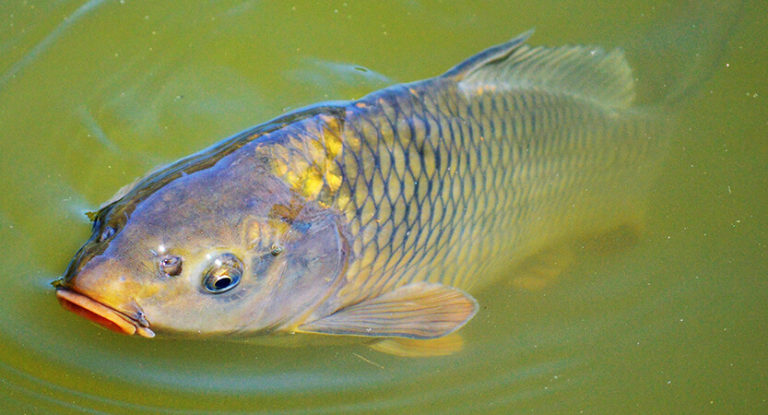
![The 8 Best Fishing Tackle Boxes [Buying Guide] 4 The 8 Best Fishing Tackle Boxes [Buying Guide]](https://trizily.com/wp-content/uploads/2022/03/best-fishing-tackle-boxes-768x768.jpg)
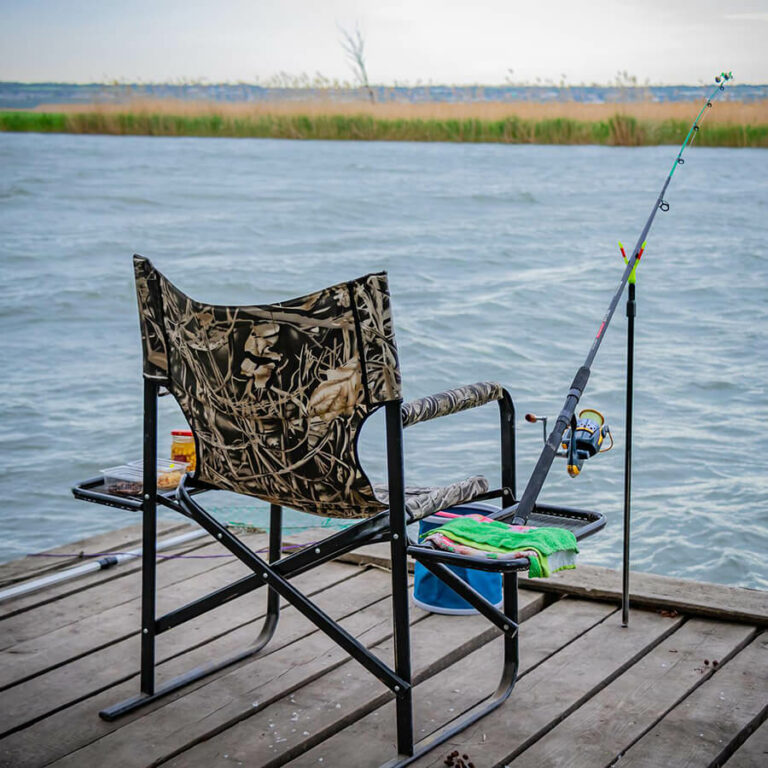

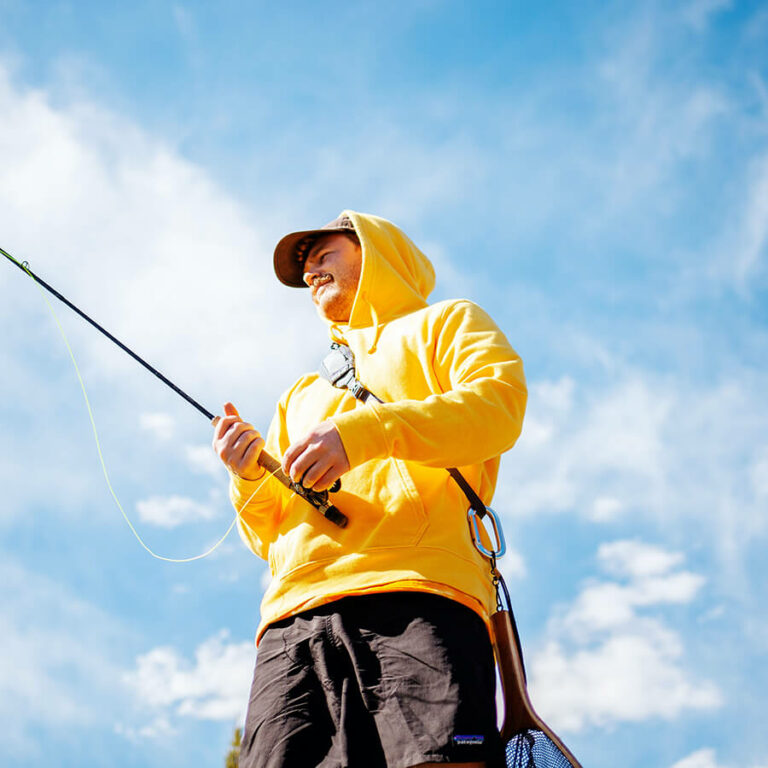
![Top 12 Best Fishing Tackle Bags in 2023 [Detailed Guide] 31 Top 12 Best Fishing Tackle Bags in 2023 [Detailed Guide]](https://trizily.com/wp-content/uploads/2022/03/best-fishing-tackle-bags-768x768.jpg)